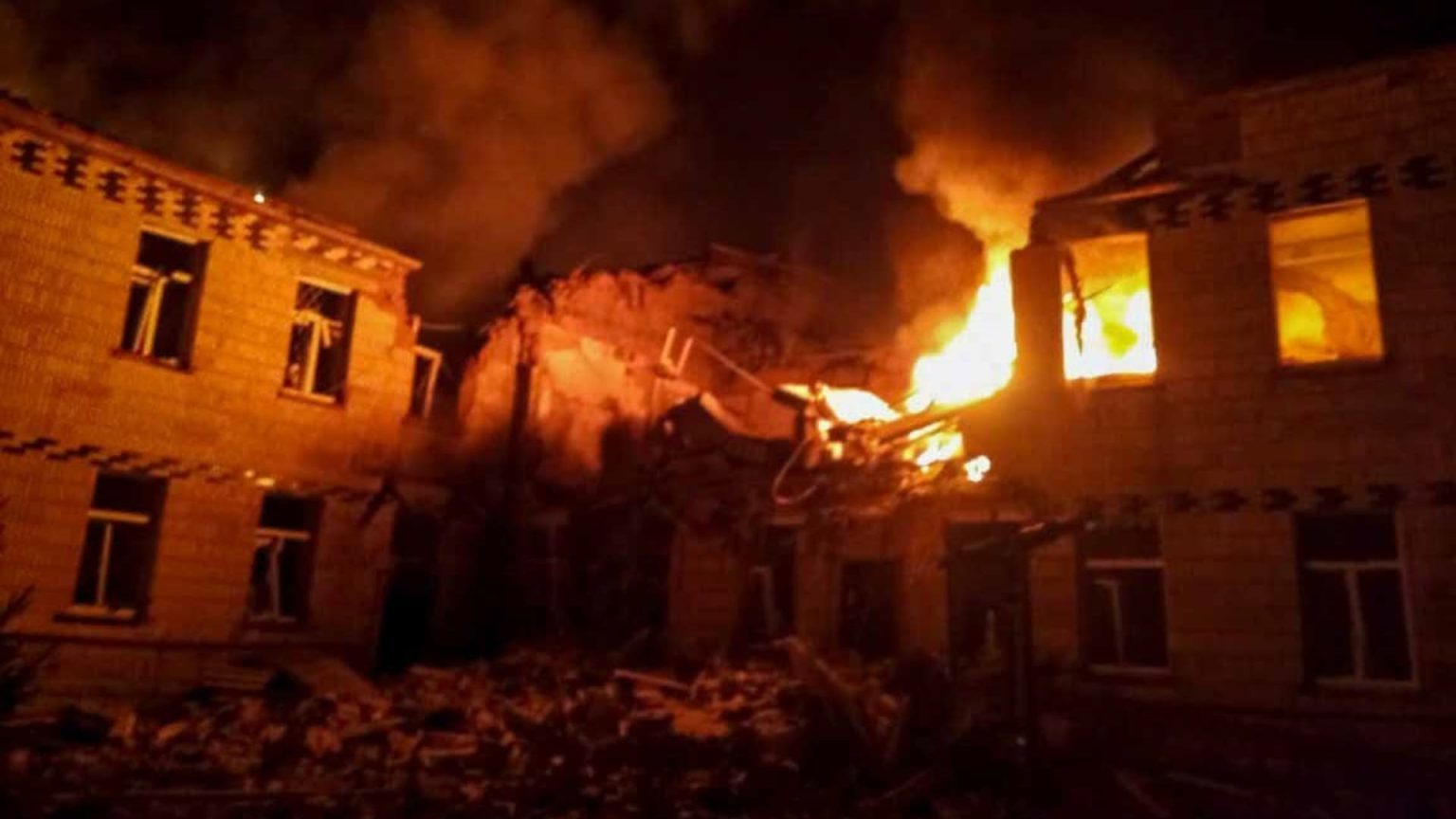Tensions remain high as U.S. President Donald Trump and Ukrainian President Volodymyr Zelenskyy engage in discussions amid a fragile ceasefire in the ongoing conflict between Russia and Ukraine. Following a phone call between the two leaders, hopes for a lasting peace seem hindered by renewed hostilities. The situation is further complicated by Moscow’s accusations against Ukraine and the ongoing struggle for energy resources in the war-torn country.
| Article Subheadings |
|---|
| 1) Initial Phone Conversation between Trump and Zelenskyy |
| 2) Tensions Following Ceasefire Agreement |
| 3) Ongoing Hostilities in Ukraine |
| 4) The Demands from Moscow and Kyiv |
| 5) The Complexity of Peace Negotiations |
Initial Phone Conversation between Trump and Zelenskyy
On Wednesday morning, U.S. President Donald Trump and Ukrainian President Volodymyr Zelenskyy engaged in a phone conversation that highlighted the precarious state of a recently established ceasefire. This discussion followed a prior agreement facilitated by Russian President Vladimir Putin, who had approved a limited ceasefire a day before. As tensions continue to escalate, Zelenskyy revealed his intention to align with Trump regarding “the details of the next steps” amid ongoing concerns about the nature and sustainability of the ceasefire. The situation points to a complex interplay between major powers in a critical geopolitical arena.
Tensions Following Ceasefire Agreement
The ceasefire, approved by Putin, was seen as a narrow step toward de-escalation after three years of severe conflict in Ukraine. Trump mentioned via his Truth Social account that they agreed on an immediate “Ceasefire on all Energy and Infrastructure,” indicating a targeted approach rather than a comprehensive resolution to the hostilities. However, this agreement appeared to be under significant strain soon after its announcement, as both Moscow and Kyiv reported violations, questioning the truce’s effectiveness. Zelenskyy’s assertion that Russia tends to react negatively whenever progress is made underpins the fragility of this political framework.
Ongoing Hostilities in Ukraine
As the ceasefire was declared, reports of ongoing military actions painted a grim picture of the reality on the ground. In Ukraine’s northeastern region of Sumy, local officials reported severe damage to civilian infrastructure due to “massive air attacks” conducted by Russian drones. Additionally, Kyiv officials highlighted the impacts of a separate attack that inflicted damage on residential areas, emphasizing that 18 homes and numerous vehicles were affected. These developments have prompted Zelenskyy to call for increased pressure on Russia, arguing that such aggressions are detrimental to the energy, infrastructure, and daily lives of Ukrainians. The rapid resumption of hostilities reiterated the lack of trust between the conflicting parties and the challenges in complying with the ceasefire.
The Demands from Moscow and Kyiv
The ceasefire talks have been complicated by a series of demands from both sides. Russia has consistently called for Ukraine to cede control over four regions that it illegally annexed throughout the conflict and to abandon its aspirations of joining the NATO alliance, which it perceives as a direct threat to its security. Conversely, Ukraine has remained staunch in its refusal to yield territory without solid guarantees ensuring that Russia does not reignite offensive actions later. The contrasting priorities of the parties reflect deep-rooted disputes about territorial integrity and security, making negotiations exceedingly challenging.
The Complexity of Peace Negotiations
Amid the tumultuous backdrop of war, the dynamics of peace negotiations remain intricate and uncertain. The Institute for the Study of War, based in Washington, emphasized that Putin’s persistent demands for Ukraine’s capitulation signal a lack of genuine intent for good-faith negotiations. Analysts speculate that the Russian government may be leveraging the proposed temporary ceasefire to extract preemptive concessions from Ukraine even before formal negotiations commence. As the situation evolves, the involvement of external powers such as the U.S. complicates the landscape further, as both Moscow and Kyiv vie for favor from Trump’s administration.
| No. | Key Points |
|---|---|
| 1 | Tensions remain high after a fragile ceasefire agreement between Russia and Ukraine. |
| 2 | U.S. President Trump and Ukrainian President Zelenskyy discuss the next steps via phone. |
| 3 | Reports of ongoing attacks in Ukraine undermine the temporary ceasefire. |
| 4 | Russia demands territorial concessions in exchange for ceasefire compliance. |
| 5 | Analysts express skepticism about the potential for meaningful peace negotiations. |
Summary
The recent developments in the Russia-Ukraine conflict underscore both the complexity and fragility of efforts to achieve lasting peace. As political leaders navigate through negotiations shaped by external influences and entrenched positions, the humanitarian toll on the ground remains significant. Continuous hostilities threaten to derail any momentum gained in discussions, leaving the future of Ukraine’s sovereignty in a precarious balance.
Frequently Asked Questions
Question: What triggered the recent ceasefire discussions?
The discussions were triggered by a phone call between U.S. President Trump and Ukrainian President Zelenskyy, following an announcement by Russian President Putin regarding a limited ceasefire agreement.
Question: What were the initial terms of the ceasefire?
The initial terms of the ceasefire focused specifically on energy and infrastructure, allowing for a segmented truce rather than a comprehensive resolution to hostilities.
Question: How have hostilities resumed despite the ceasefire?
Both Ukraine and Russia reported military actions shortly after the ceasefire was announced, with Ukraine documenting drone attacks and damage to residential areas in various regions.


